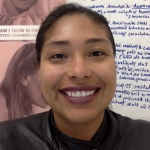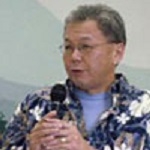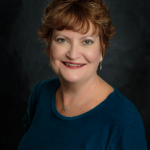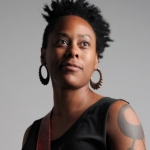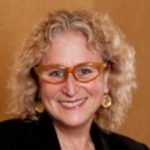
Ms. Princess Belton
Establishing a Career Path in the Arts
Posted by Apr 27, 2016

Ms. Princess Belton
In 2011, while pursuing my graduate degree in Arts Administration at Savannah College of Art and Design (SCAD), I came across Managers of the Arts, an NEA research study conducted in 1987 by Paul DiMaggio. In this report he examined the backgrounds, education, and career experiences of senior arts administrators of resident theaters, art museums, symphony orchestras, and community arts agencies. While this report is almost 30 years old, DiMaggio highlighted some key points that are important for attracting and retaining arts managers, which included:
- Raising salaries in fields in which administrators are least well paid.
- Establish somewhat more predictable career paths that offer the promise of further opportunities to administrators who reach the top of large or medium-sized organizations relatively early in life.
- Offer more equal opportunities to women managers who pursue careers in these fields.









